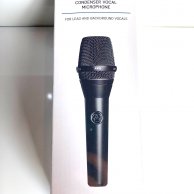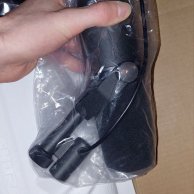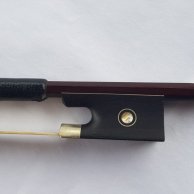
 Most Recent Instruments for Sale
Most Recent Instruments for Sale

Bbop connects buyers and sellers of musical instruments and musicians from all over Europe. Browse numerous new and second-hand musical instruments for sale: guitars, DJ equipment, drums and percussion, basses, keyboards and synths, and many more. Of course, you'll also find all the must-have accessories, such as effects and amplifiers. The music instrument you're looking to buy may just be right here.
And if you sell music instruments, Bbop is the easy and free way to reach buyers. This way please!
A Social Network for Musicians
Bbop is also a social network for musicians to share their passion. Our forum hosts chats between music lovers from all over the world. Join the discussion groups and meet musicians from your city or from the other side of the globe. There, musicians exchange all sorts of tips and tricks about music instruments. It's also a great place to find bands and musicians with whom to play in your city or in your country or to discuss new stuff and oldies.
Don't forget to visit our blog to learn about new and vintage musical equipment, artists and concert reviews and the latest Bbop news.


























